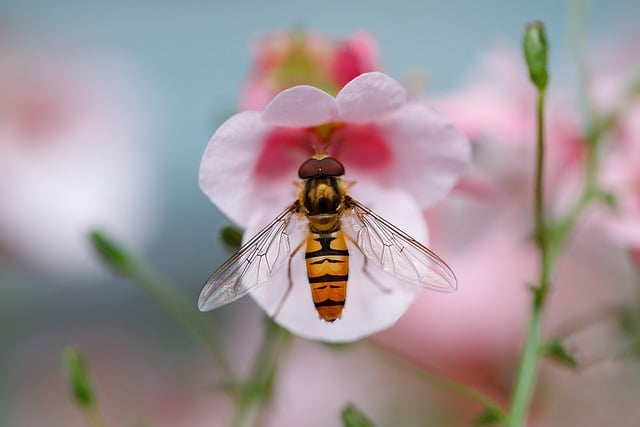Psocids (book lice) thrive on organic matter in humid, poorly ventilated spaces with accumulations like dust and skin flakes. Professional cleaning disrupts breeding grounds, using powerful vacuums and detergents to reduce populations. Regular maintenance, sanitation, heat treatment, and sealing entry points prevent reinfestation. Best practices include deep cleaning, using HEPA filters, natural repellents, regular inspections, and maintaining humidity levels to ensure a psocid-free environment.
“In the realm of pest control, professional cleaning and sanitation play a pivotal role in managing psocids—miniscule insects that thrive on organic matter. Understanding their unique attractants is key to effective psocid pest control. This article delves into comprehensive strategies, guiding you through the process from initial removal with advanced cleaning techniques to long-term prevention through meticulous sanitation. By adopting these best practices, you can maintain a psocid-free environment, ensuring a healthier and more hygienic space.”
Understanding Psocids and Their Attractants
Psocids, also known as book lice or bark lice, are tiny insects that can become a significant pest in various environments, including homes, offices, and commercial spaces. These creatures thrive on organic matter and are highly attracted to materials high in starch and cellulose, such as paper products, fabrics, and even natural fibers in wood. Understanding what attracts psocids is crucial for effective psocid pest control.
Their preference for these specific substances makes them a common issue in areas with high humidity and poor ventilation, where organic materials can accumulate and serve as breeding grounds. Dust, pet dander, and even human skin flakes can act as attractants, creating the perfect conditions for psocid infestations. Professional cleaning services that focus on removing these organic attractants are essential to breaking the cycle and preventing future psocid pest control challenges.
Professional Cleaning Techniques for Effective Removal
Professional cleaning techniques play a crucial role in effective psocid pest control. Specialized equipment and methods are employed to remove attractants and eliminate these tiny insects once and for all. Experienced professionals use powerful vacuums with HEPA filters to suck up psocids, their eggs, and shed skins from hard-to-reach areas like carpet fibers, floor crevices, and furniture seams. This method helps to reduce the pest population significantly.
Additionally, deep cleaning involves using environmentally friendly detergents and disinfectants that are effective against psocid bacteria. Surfaces, baseboards, and other affected areas are thoroughly scrubbed and sanitized to destroy any remaining eggs or adult insects. Regular maintenance cleaning routines, including regular vacuuming and dusting, help prevent future psocid infestations by eliminating potential food sources and hiding places.
Sanitation Strategies to Prevent Future Infestations
Effective psocid pest control extends beyond initial removal. Implementing robust sanitation strategies is essential to prevent future infestations. Regular deep cleaning, focusing on removing organic matter and food sources, disrupts the lifecycle of psocids and discourages reintroduction.
Treating affected areas with a combination of heat, vacuum cleanup, and specialized disinfectants can further eliminate eggs, nymphs, and adults. Additionally, sealing entry points, repairing damage, and maintaining good hygiene practices create an environment inhospitable to psocids. These comprehensive measures ensure sustained control and minimize the risk of recurring psocid infestations.
Best Practices for Maintaining a Psocid-Free Environment
To maintain a psocid-free environment, it’s crucial to implement best practices that disrupt their survival and breeding patterns. Regular deep cleaning is essential, focusing on areas where psocids hide and feed, such as corners, crevices, and fabric folds. Vacuuming with a HEPA filter and wiping surfaces with disinfectant solutions can effectively remove eggs, nymphs, and adult psocids. Additionally, sealing entry points like cracks and gaps in walls or floors prevents them from reentering the space.
In terms of pest control, using natural repellents like lavender, tea tree oil, or diatomaceous earth can be a safe alternative to chemical pesticides. Monitoring and early detection are key; regular inspections allow for prompt treatment if psocids are spotted. Maintaining proper humidity levels through adequate ventilation and dehumidifiers also discourages their presence, as they thrive in moist environments.
In conclusion, effective psocid pest control relies on a multi-faceted approach. By understanding psocid attractants and implementing robust professional cleaning techniques, sanitation strategies, and best practices for maintenance, you can create an environment that discourages these pests. Regular and thorough cleaning, combined with meticulous sanitation, is key to preventing future infestations and ensuring a psocid-free space.
